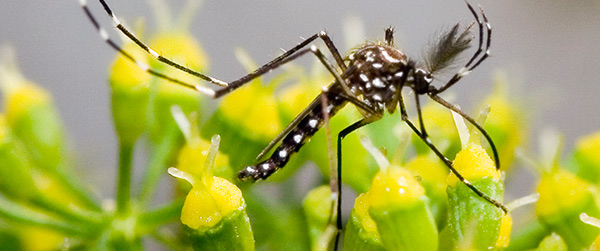Blog
Basic Information on the Zika Virus

What is it?
A virus transmitted by a specific mosquito species (Aedes genus), similar to dengue fever and chikungunya. Transmission can also happen through sexual contact, blood transfusion, and from mother to baby during pregnancy and birth. No vaccine exists. Diagnostic testing is limited.
Zika is currently locally transmitted in 28 countries and territories in North and South America. The CDC is constantly updating the list of areas with Zika: http://www.cdc.gov/zika/geo/index.html.
What are the symptoms and complications?
Fever, itchy maculopapular rash, and joint pain; often in combination with conjunctivitis. Generally mild symptoms that last a few days to a week. Death and severe sickness are rare ,2. The incubation period is currently estimated between three and twelve days . Up to 80% of people infected with the virus have no symptoms.
Zika virus infection in pregnant women may be connected to microcephaly in their infants. The CDC, WHO, and other scientific organizations are working to understand this possible link. Microcephaly (head smaller than average) is related to developmental delay, intellectual disability, vision problems, and other effects.
Infection may also be connected to Guillain-Barré syndrome, a rare auto-immune disorder that results in damaged nerve cells, weakened muscles, and paralysis. Most people recover from GBS, but some suffer permanent damage or death. This possible link is also being investigated.
Who is at risk?
Anyone who has travelled to an area with local transmission of Zika virus by Aedes mosquitoes. Pregnant women are especially at risk because infection may impact their fetus’ development. Women who might become pregnant and their partners may also be at risk. More than one case of Zika virus has been sexually transmitted and live virus has been found in semen.
What are the protective measures?
Control of the vector, Aedes mosquitoes, is the most direct protective measure. CNA/NNU is currently reviewing available control measures to be prepared in advance of warmer seasons. Consistent and thorough surveillance and screening of all pregnant women, women who might become pregnant, and their sexual partners who have travelled to an area where the virus is transmitted locally is necessary.
Because Zika virus is an emerging infectious disease, we do not yet have full information about the risks, transmission routes, and complications of infection. Adherence to the precautionary principle in situations such as this is of vital importance, and preparations for full protective measures and thorough surveillance should begin immediately.
Click here to download a copy of this factsheet for printing and offline use.
SOURCES
CDC, “Zika Virus: Symptoms, Diagnosis, & Treatment.” http://www.cdc.gov/zika/symptoms/index.html
PAHO/WHO. “Provisional remarks on the Zika virus infection in pregnant women: document for health care professionals- 25 January 2016.” http://www.paho.org/hq/index.php?option=com_docman&task=doc_download&gid=33018&Itemid=270&lang=en
European Center for Disease Control. “Rapid Risk Assessment: Zika.” http://ecdc.europa.eu/en/publications/Publications/zika-virus-americas-association-with-microcephaly-rapid-risk-assessment.pdf
CDC. “Birth Defects: Facts about Microcephaly.” http://www.cdc.gov/ncbddd/birthdefects/microcephaly.html
CDC. “Transmission.” http://www.cdc.gov/zika/transmission/index.html